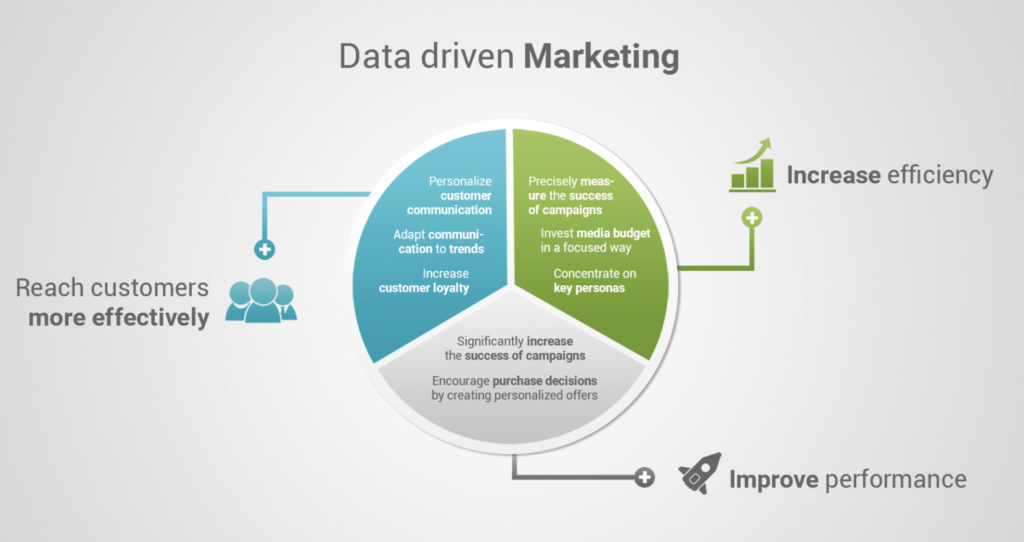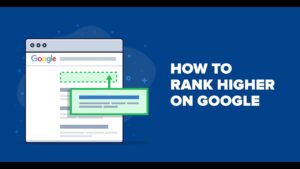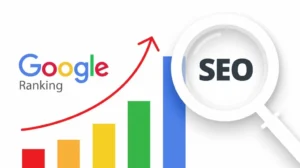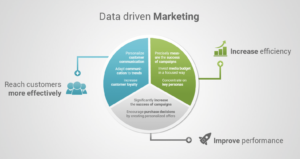In today’s digital landscape, social media isn’t just a tool—it’s the backbone of brand engagement and customer interaction. However, simply posting content isn’t enough. To truly ignite your brand’s presence, you need data-driven social media strategies. At Digital Blaze 360, we help businesses harness analytics to create impactful campaigns that drive engagement, conversions, and long-term loyalty.
Why Data-Driven Social Media Strategies Matter
- Improved Audience Targeting – Data helps you understand your audience demographics, behaviors, and preferences.
- Better Content Performance – Insights guide what works best, optimizing engagement and reach.
- Higher ROI – Data ensures you invest in the right platforms and content types.
- Real-Time Adjustments – Analytics allow on-the-fly changes for better results.
Key Metrics to Track in Social Media Marketing
Engagement Metrics
- Likes, shares, comments, and saves
- Post engagement rates
Audience Insights
- Age, gender, location, interests
- Active times on platforms
Conversion Metrics
- Click-through rates (CTR)
- Lead generation numbers
- Sales and revenue impact
Platform-Specific Analytics
- Instagram Insights
- Facebook Business Suite
- LinkedIn Analytics
How to Build a Data-Driven Social Media Strategy
Step 1: Define Your Goals
Identify clear objectives such as increasing brand awareness, generating leads, or driving website traffic.
Step 2: Know Your Audience
Use tools like Google Analytics, Facebook Insights, and Instagram Analytics to define your ideal customer.
Step 3: Content Optimization Using Data
- Identify best-performing content types (videos, carousels, infographics).
- Use A/B testing to refine messaging and visuals.
- Leverage trending hashtags and keywords.
Step 4: Platform Selection Based on Data
Not all platforms are created equal. Choose social networks based on where your audience spends time:
- Instagram & TikTok: Best for visual and short-form content.
- LinkedIn & Twitter: Ideal for professional and B2B engagement.
- Facebook & YouTube: Great for long-form content and community building.
Step 5: Leverage AI and Automation
- Schedule posts using tools like Buffer or Hootsuite.
- Use AI-driven analytics for predictive insights.
- Chatbots for automated responses and customer service.
Step 6: Monitor, Analyze, and Optimize
- Track key metrics regularly.
- Adjust strategies based on real-time data.
- Utilize competitor benchmarking for growth opportunities.
Data-Driven Social Media Trends in 2024
Personalized Content Experiences
Users demand hyper-personalized content based on their behaviors and interests.
AI-Powered Social Listening
Advanced AI tools help brands monitor trends and consumer sentiment in real time.
Influencer Marketing with Performance Metrics
Brands are increasingly using data to measure influencer effectiveness beyond just follower count.
Short-Form Video Domination
With TikTok, Reels, and Shorts leading the way, brands must optimize video content for engagement.
Social Commerce & Shoppable Posts
E-commerce integrations on social media platforms allow brands to drive sales directly.
How Digital Blaze 360 Can Help
At Digital Blaze 360, we specialize in crafting data-driven social media strategies that elevate your brand’s online presence. Our services include:
- Social Media Audits – We analyze your existing performance and suggest improvements.
- Content Strategy & Creation – Custom content tailored to your audience.
- Ad Campaign Management – Data-backed paid social media strategies.
- Performance Analytics & Reporting – Actionable insights for continuous growth.
Conclusion
A strong data-driven social media strategy isn’t just an option—it’s a necessity for modern brands. By leveraging analytics, AI, and real-time insights, businesses can create engaging content, drive conversions, and maintain a competitive edge. If you’re ready to take your brand’s social media presence to the next level, Digital Blaze 360 is here to help.
FAQs
How can I track my social media performance?
Use platform analytics like Facebook Insights, Instagram Analytics, and Google Analytics to monitor engagement and conversions.
What is the best tool for social media automation?
Tools like Hootsuite, Buffer, and Sprout Social can help automate scheduling and analytics tracking.
How do I choose the right social media platform for my brand?
Analyze your target audience demographics and platform usage trends to determine the best fit.
How often should I review my social media strategy?
Regularly track performance metrics and adjust your strategy at least every quarter for optimal results.
Can data help improve my content strategy?
Absolutely! Data insights reveal what content types, formats, and messaging resonate best with your audience.








